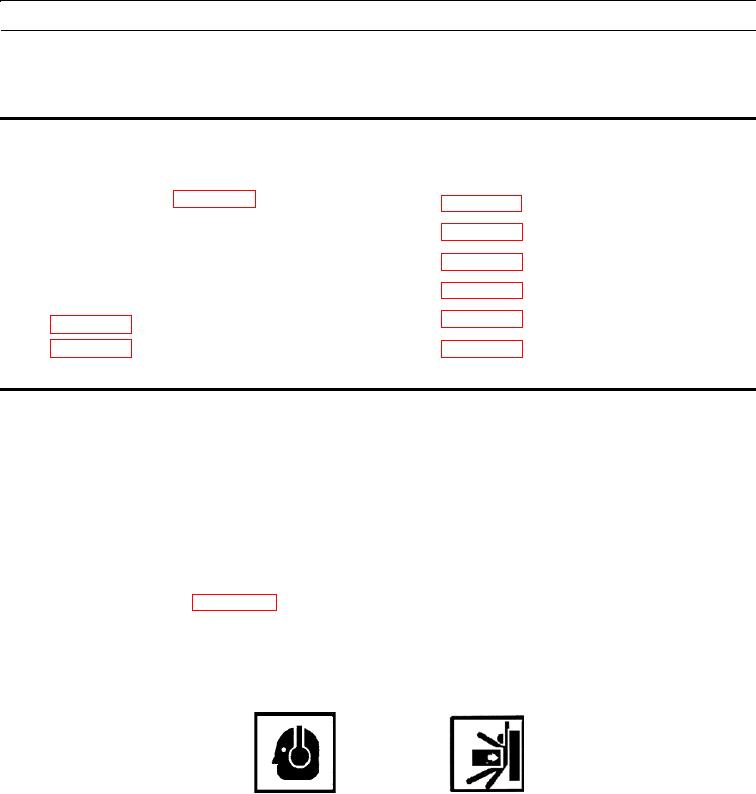
4
TM 5-3805-290-10
RAIL TRANSPORT
THIS WORK PACKAGE COVERS
Introduction, Loading Machine on Flatcar, Unloading Machine from Flatcar
INITIAL SETUP
References - Continued
Materials/Parts
Duct Tape (Item 16, WP 0031 00)
Personnel Required
MOS 21E, Heavy Construction Equipment Opera-
tor (2)
References
INTRODUCTION
1.
This work package describes how to load and unload the machine on a flatcar for rail transport within the Continental
United States (CONUS), Canada, and Mexico. The machine is most often loaded/unloaded on a rail flatcar using drive-
on/drive-off procedures at the railhead.
2.
CONUS rail transport is governed by Association of American Railroads (AAR) regulations. CONUS rail transport
requires no disassembly.
3.
Outside Continental United States (OCONUS) rail transport is governed by Gabarit International de Chargement (GIC)
regulations. OCONUS rail transport requires that split cab ROPS/FOPS and exhaust stack be removed from machine to
meet height requirements (WP 0028 00).
4.
Before transporting machine, check with proper authorities to obtain any necessary permits or licenses.
5.
Ensure cooling system of machine has proper antifreeze protection if being transported to a colder climate.
6.
Safest rail transport is with fuel tank as close to empty as possible. Rail transport with fuel tank more than three-quarters
full is prohibited.
WARN I N G
Hearing protection is required if within 20 ft (6 m) of an operating machine. Hearing protection is
also required when operating without Rollover Protective Structure/Falling Object Protective
Structure (ROPS/FOPS) during transport procedures. Failure to wear hearing protection may
cause hearing loss.
Stand clear of frame articulation area when machine is operating. There is no clearance for per-
sonnel in this area when machine turns. Crushing could occur, resulting in injury or death to per-
sonnel.
7.
Throughout procedure, be aware of potential hazards from frame articulation area. Stand clear of frame articulation area
when machine is operating.

